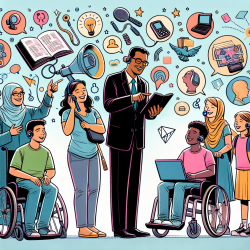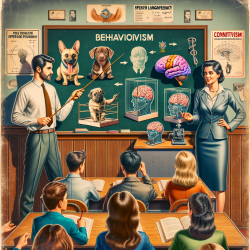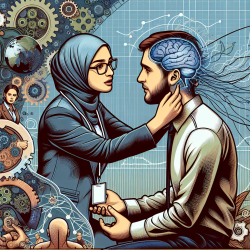As practitioners in the field of speech-language pathology, it is essential to stay informed about evidence-based interventions that can significantly improve the emotional health of our young clients. One such intervention is the Training for Awareness, Resilience, and Action (TARA) program, which has been shown to reduce anxiety and alter brain network properties in adolescents. This blog delves into the findings of a recent study on TARA and offers insights on how practitioners can leverage these results to enhance their practice.
The Study: An Overview
The study titled "Reduced anxiety and changes in amygdala network properties in adolescents with training for awareness, resilience, and action (TARA)" was conducted to assess the impact of TARA on emotional health and brain network properties in healthy adolescents. The researchers used diffusion MRI connectomics to evaluate the brain networks of 23 adolescents who participated in the 12-week TARA training.
The key findings were:
- A significant decrease in anxiety symptoms (Cohen’s d = -0.961, p = 0.006).
- A significant decrease in the node strength of the Right Amygdala (Cohen’s d = -1.026, p = 0.004).
- A positive correlation between baseline anxiety and Right Amygdala node strength (r = 0.672, p = 0.001).
Implementing TARA in Practice
Given the compelling evidence, integrating TARA into your practice can be highly beneficial for adolescents struggling with anxiety. Here are some practical steps to get started:
1. Understand the TARA Framework
TARA combines mindfulness, yoga, and modern psychotherapeutic techniques to promote emotional health. The program is structured into four modules:
- Module 1: Creating a calm and safe inner state through breathing, yoga-based movement, and guided "body-scan" meditations.
- Module 2: Attention training targeting external stimuli, sensory stimuli, and interoceptive awareness.
- Module 3: Recognizing, labeling, and communicating emotions.
- Module 4: Cognitive-behavioral approaches, understanding social triggers of negative emotions, and linking personal core values to behavior activation.
2. Training and Certification
Ensure that you and your team are adequately trained in TARA methodologies. Consider attending workshops or certification programs to gain a deeper understanding of the techniques and their applications.
3. Tailoring TARA to Individual Needs
While TARA is a structured program, it is crucial to tailor the intervention to meet the specific needs of each adolescent. Conduct thorough assessments to identify areas of concern and adapt the modules accordingly.
4. Monitoring Progress
Use standardized tools like the Multidimensional Anxiety Scale for Children (MASC) and the Reynolds Adolescent Depression Scale-2 (RADS-2) to monitor progress. Regular assessments will help you track improvements and make necessary adjustments to the intervention.
Encouraging Further Research
While the current study provides valuable insights, further research is needed to explore the long-term effects of TARA and its impact on different populations. As practitioners, you can contribute to this body of knowledge by documenting your observations and sharing your findings with the broader community.
To read the original research paper, please follow this link: Reduced anxiety and changes in amygdala network properties in adolescents with training for awareness, resilience, and action (TARA).










